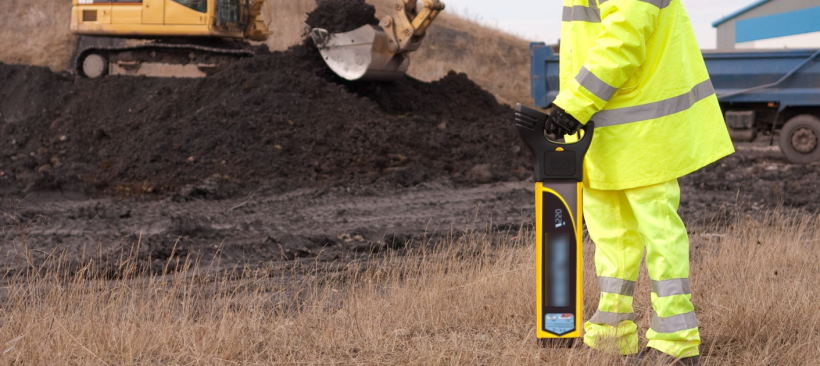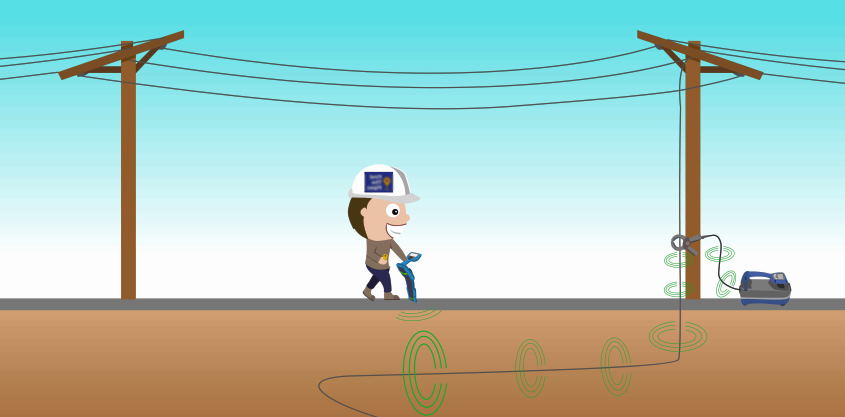

Ways to Find Underground Cable: A Comprehensive Guide

Looking for underground cables can be a daunting task. There are many factors to consider, and it can be hard to know where to start. This comprehensive guide will walk you through everything you need to know about finding underground cables. Then, we’ll discuss the different methods you can use and the pros and cons of each one. By the end of this post, you’ll be able to find an underground cable with ease and confidently!
How to find a buried wire
There are several ways that you can use to find underground cables. Some of these methods are more effective than others, and some may be more suitable for your particular needs. Here is a comprehensive guide to finding underground cables:

- Use a metal detector: A metal detector can be a handy tool for finding underground cables. If you have access to a metal detector, scan the area where you think the cables may be buried. If any metal objects are on the ground, the metal detector will beep or make some other noise to alert you.
- Use a ground-penetrating radar: Ground-penetrating radar (GPR) is another tool that can be used to find underground cables. GPR works by sending out electromagnetic waves that bounce off objects on the ground. The waves are then reflected to a receiver, which creates an image of what is underground.
- Use a soil resistivity meter: A soil resistivity meter is another tool that can be used to find buried cables. This instrument measures the resistance of the soil to an electric current. If there are buried cables in the area, they will affect the soil resistivity, and the meter will give you a reading that indicates the presence of cables.
- Use a cable locator: A underground cable locator like this is a specialized tool designed specifically for finding underground cables. This type of device sends out radio signals picked up by buried cables. The signals are then transmitted to a receiver, which creates a map of the location of the cables.
- Hire a professional: If you need to find underground cables but don’t have the time or knowledge to do it yourself, you can always hire a professional. Some companies specialize in finding buried utilities, and they will have the tools and expertise necessary to get the job done quickly and efficiently.
How to locate buried fiber optic cables
There are a few different ways that you can go about finding underground fiber optic cables. One way is to use a handheld locator device that emits an electromagnetic signal. When this signal comes into contact with a buried cable, it will create a magnetic field that the locator can detect.
Another way to find underground cables is to use ground-penetrating radar (GPR). This technology uses radio waves to create a three-dimensional image of what is beneath the ground surface. GPR can be used to locate both metal and non-metal objects, making it ideal for finding buried cables.
Once you have located the general area where the buried cable is located, you can then use a shovel or other digging tool to excavate the area and expose the cable. When digging, be sure to exercise caution, as you don’t want to damage the cable.
If you are having trouble finding a buried cable, you may contact your local utility company. They will likely have records of where all of the underground cables are located in your area.









